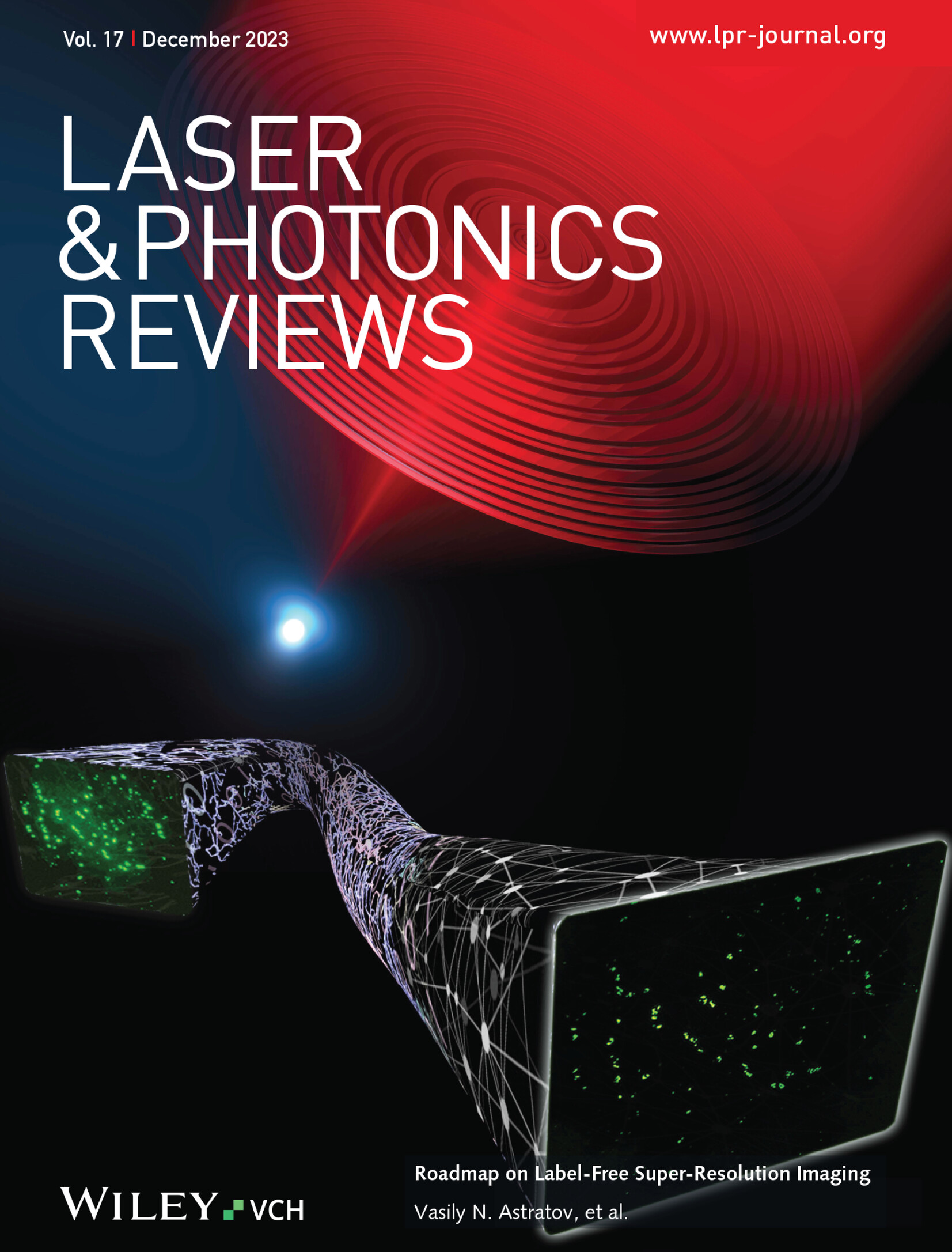Metasurface Enabled Multi‐Target and Multi‐Wavelength Diffraction Neural Networks
IF 9.8
1区 物理与天体物理
Q1 OPTICS
引用次数: 0
Abstract
Benefiting from low power consumption and high processing speed, there is a growing interest in diffraction neural networks (DNNs), which are typically showcased with 3D printing devices, leading to large volumes, high costs, and low levels of integration. Metasurfaces can desirably manipulate wavefronts of electromagnetic waves, providing a compact platform for mimicking DNNs with novel functions. Although multi‐wavelength and multi‐target recognition provides a richer and more detailed understanding of complex environments, existing architectures are primarily trained to classify a single target at a specific wavelength. A metasurface approach is proposed to design multiplexed DNNs that can classify multiple targets and spatial sequences across various wavelengths in multiple channels. To realize multi‐task processing, the dielectric metasurface is designed based on phase and wavelength multiplexing, which can integrate multi‐target DNNs with different tasks such as operating at distinct wavelengths and classifying diverse targets. The efficacy of this method is exemplified through the numerical simulation and experimental demonstration of recognizing a single target with two wavelengths, two targets at a single wavelength, and two targets at dual wavelengths. This compact metasurface approach enables the design of multi‐target and multi‐wavelength DNNs, opening a new window to develop massively parallel processing and versatile artificial intelligence systems.

元表面支持多目标和多波长衍射神经网络
得益于低功耗和高处理速度,衍射神经网络(DNN)正受到越来越多的关注,而衍射神经网络通常是通过 3D 打印设备展示的,这导致了体积大、成本高和集成度低的问题。元表面可以理想地操纵电磁波的波面,为模仿具有新功能的衍射神经网络提供了一个紧凑的平台。虽然多波长和多目标识别可提供对复杂环境更丰富、更详细的了解,但现有的架构主要是针对特定波长的单一目标进行分类训练。本文提出了一种元表面方法来设计多路复用 DNN,这种 DNN 可以在多个通道中对不同波长的多个目标和空间序列进行分类。为了实现多任务处理,我们设计了基于相位和波长复用的介质元表面,它可以集成具有不同任务的多目标 DNN,如在不同波长下工作和对不同目标进行分类。通过数值模拟和实验演示,证明了这种方法在识别双波长单目标、单波长双目标和双波长双目标方面的功效。这种紧凑的元面方法实现了多目标和多波长 DNN 的设计,为开发大规模并行处理和多功能人工智能系统打开了一扇新窗口。
本文章由计算机程序翻译,如有差异,请以英文原文为准。
求助全文
约1分钟内获得全文
求助全文
来源期刊
CiteScore
14.20
自引率
5.50%
发文量
314
审稿时长
2 months
期刊介绍:
Laser & Photonics Reviews is a reputable journal that publishes high-quality Reviews, original Research Articles, and Perspectives in the field of photonics and optics. It covers both theoretical and experimental aspects, including recent groundbreaking research, specific advancements, and innovative applications.
As evidence of its impact and recognition, Laser & Photonics Reviews boasts a remarkable 2022 Impact Factor of 11.0, according to the Journal Citation Reports from Clarivate Analytics (2023). Moreover, it holds impressive rankings in the InCites Journal Citation Reports: in 2021, it was ranked 6th out of 101 in the field of Optics, 15th out of 161 in Applied Physics, and 12th out of 69 in Condensed Matter Physics.
The journal uses the ISSN numbers 1863-8880 for print and 1863-8899 for online publications.

 求助内容:
求助内容: 应助结果提醒方式:
应助结果提醒方式:


